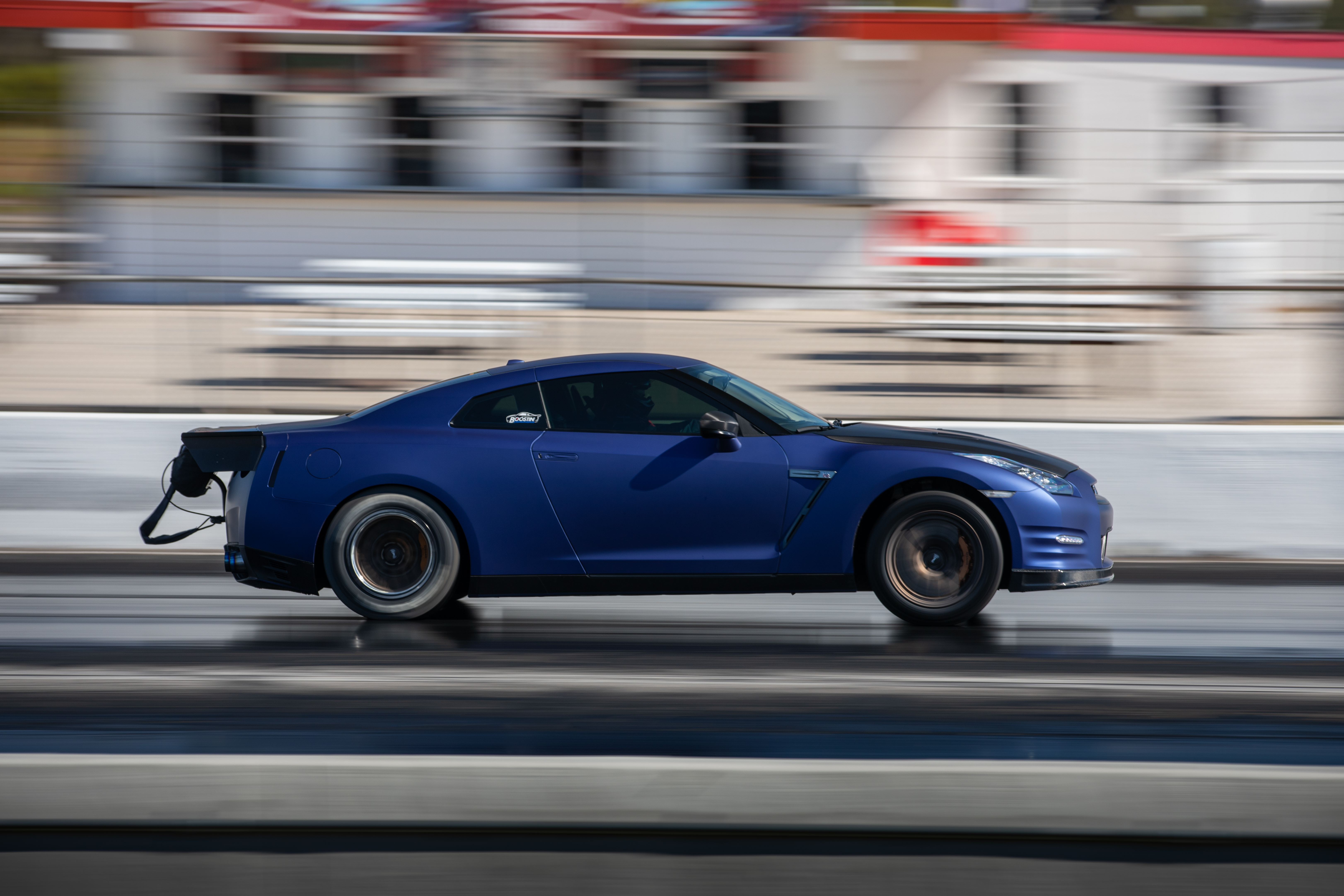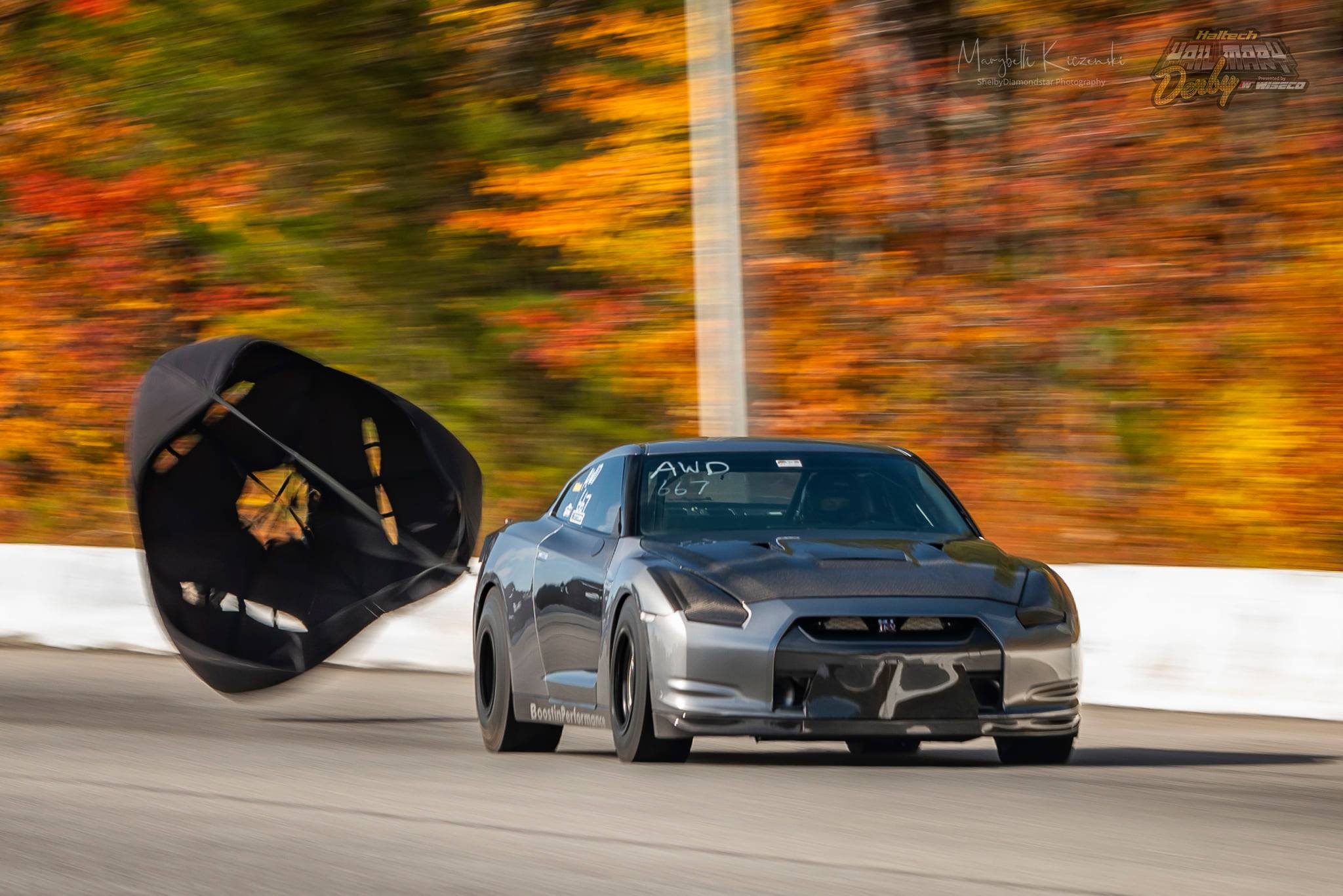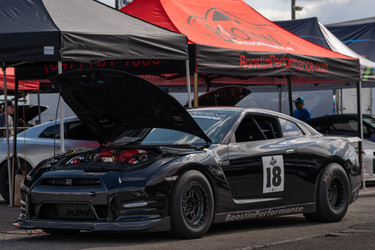Power-shift Vs. Granny Shifting Vs. Money Shifting & More
Jun 29th 2022

Manual Transmission Shifting Techniques for the Street & Track
While generally not a great idea for everyday street driving, power-shifting can be the technique that helps you pick up precious milliseconds at the strip. The idea with a power-shift is to keep on the throttle throughout the shift, hence earning the name “no-lift shift.”
Upshifting: Power-shifting (No-Lift Shifting)
Power-shifting can yield performance benefits in naturally aspirated and supercharged vehicles, but it shines exceptionally bright in turbocharged cars. As you’re likely aware, turbochargers are driven by exhaust gasses. When you let off the throttle, that stops most of the air going through the engine, meaning you lose boost (not to mention if you have a BOV). The benefit and reliability of employing this kind of shifting will vary wildly based on your specific vehicle setup, so be sure to consult one of our experienced team members at Boostin Performance to save you the headache of a blown-up transmission.
A great way to allow for power-shifting without extreme modifications to your car would be to get a tune. A no-lift shift tune programs a fuel/spark cut into the car’s ECU to prevent the engine speed from climbing too much while still allowing air to move through and keep the turbine speed (and effectively boost) up. Contact us at Boostin Performance to see how we can outfit your Evo, GT-R, Supra, or DSM car with a no-lift shift tune.
If you do power-shift your vehicle, be wary of the potential for clutch kick. This is when all of that power shocks the drivetrain as you shift into the next gear, causing the wheels to spin and lose grip. While useful for drifting, clutch kick is not usually something you want to experience during drag or road racing. On another note, we would not recommend shifting without the clutch and just banging it into gear; that’s asking a lot of your synchros and is a great way to turn your transmission into mulch.

Downshifting: Double-Clutch Shifting
Double-clutch shifting is the practice of pressing the clutch twice every shift. The process is as follows: clutch in, shift to neutral, clutch out and tap accelerator, clutch in, shift to next gear, clutch out. If it sounds slow, that’s because it is. Unless you’re driving a car with a non-synchronized transmission, double-clutch shifting isn’t something you should have to worry about.
Double-clutching can be useful because, when the transmission is in neutral with the clutch engaged, the clutch can be brought up to speed to properly mesh the transmission speed to the engine speed. Modern synchronized transmissions make this step unnecessary since the synchronizers match the speed during a regular shift.

Downshifting: Rev-Match Shifting
Rev-match shifting is when you blip the throttle while the clutch is in during a downshift to match the engine speed to the transmission speed. The process is as follows: clutch in, tap the throttle while shifting into gear, and clutch out. It puts less stress on the synchronizers and clutch while helping ensure the engine doesn’t bog as you downshift. Rev-matching is an essential skill for track racers, as it gives drivers exceptional control over the engine speed to keep in the powerband and take advantage of engine braking.

Upshifting & Downshifting: Granny Shifting
While it’s not the most endearing term, granny shifting is a perfectly acceptable way of shifting for everyday driving. It’s just how you would typically shift, like how you might have been taught from the start. You won’t typically rev match, but you’ll also be keeping the RPMs low in general. It’s fine, it’s safe, and it’s home. But, a little adventure is always nice to spice things up, so consider testing some other shifting methods to sharpen your skills.

Upshifting & Downshifting: Floating the Gears
Floating the gears is a more advanced gear shifting method where the clutch is only used to get into first gear. For shifting into the rest of the gears, you match the engine speed and transmission speed with the throttle. When you’re accelerating, the teeth of the gears in your transmission are pushing against each other to ultimately turn the wheels. If you’re completely off the throttle, the teeth are still pushing against each other but on the opposite side as the wheels drive the engine (and you slow down). If you can find the point in between where virtually no pressure is being applied in either direction, you can slip the transmission out of gear without depressing the clutch. This is typically done by applying light pressure to the shifter as you let off the throttle and wait for the transmission to ease into neutral. Once you’ve got the transmission in neutral, you’ll have to wait for the engine RPMs to dip for upshifts and rev-match for downshifts. This is most common in trucks and semis, but it can be done in most manual transmission vehicles.
The benefit is that the synchronizers are not used even if the transmission has them, so no wear is placed on them. It’s not a particularly fast way of shifting, so it doesn’t have a place on the track, but it could be useful if your synchros or clutch pedal linkage/hydraulics sustain damage.

Upshifting & Downshifting: Money Shift
No matter what event you run or which streets you drive, you never want to money shift. After all, a money shift is any shift that ends up costing you money. It most commonly refers to a “1-2-1” shift pattern or a “3-4-3” shift pattern where you inadvertently force the car into a gear that makes the engine rev over redline. If you catch it fast enough, you might be able to avoid some damage, but you might not get so lucky and end up pulverizing the rotating assembly and top end.
Why does overrevving destroy an engine? Well, there is an incredible amount of force being applied to the engine components due to the sheer speed they’re moving, and they simply aren’t designed to withstand it. Additionally, you’ll run into valve float, which, in an interference engine, could cause the piston to contact the valve for a forbidden kiss of destruction. Don’t money shift, but if you do, Boostin Performance can help you build your car back better than ever. And hey, if that’s what you have to do to justify buying the performance parts you want, we won’t judge.

